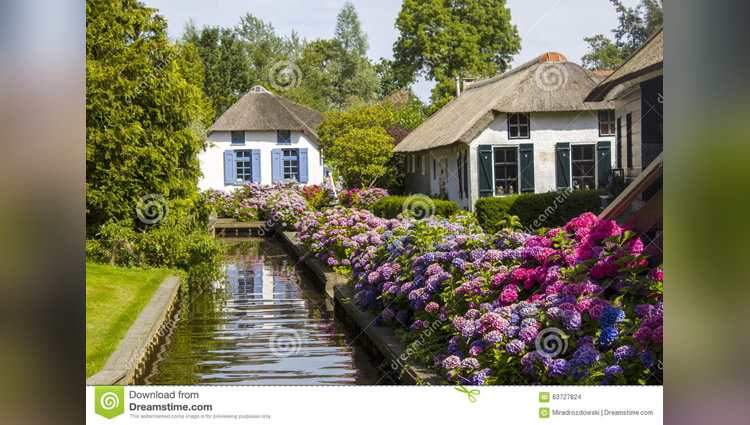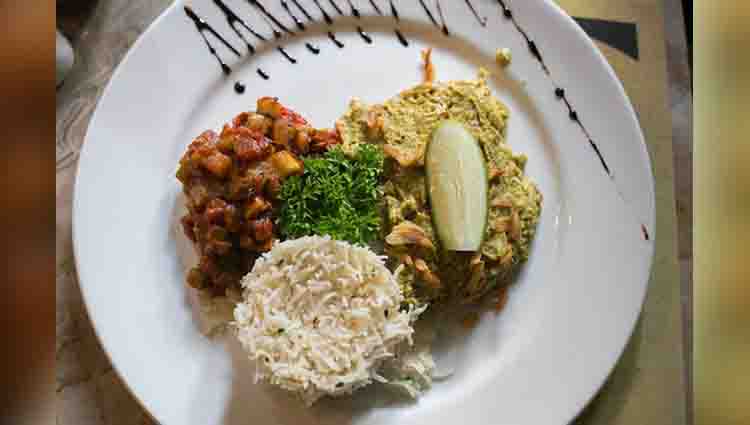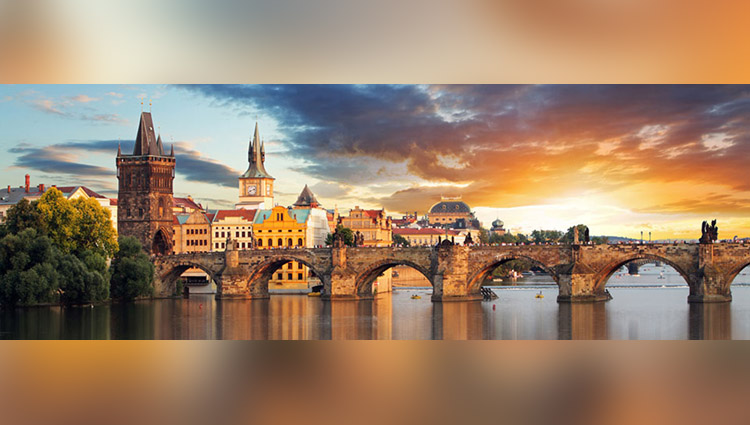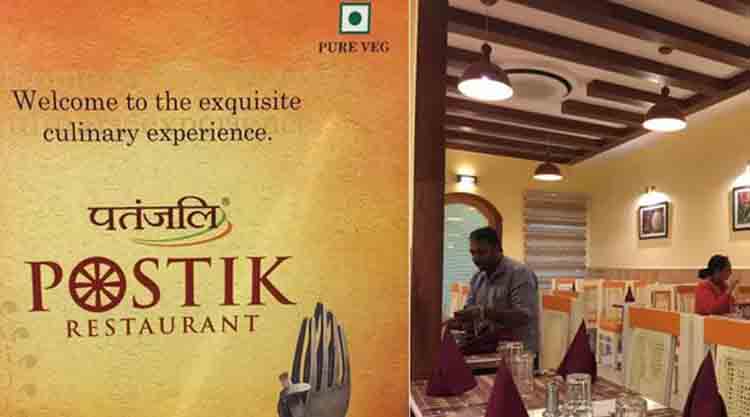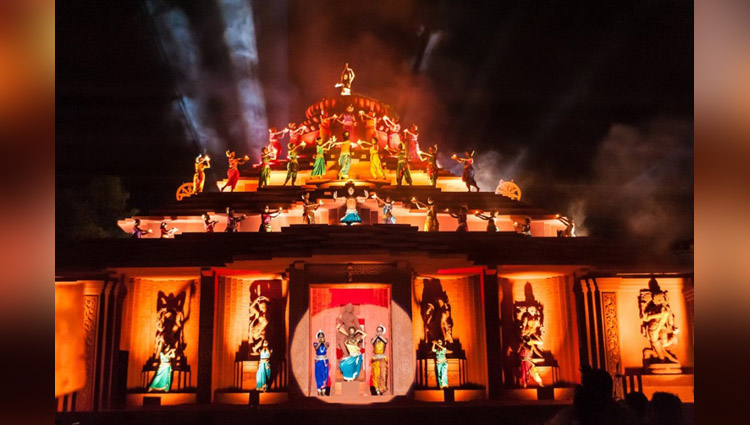Discover the unconventional side of Goa !

If you are holidaying in India than it is your duty to visit Goa. Goa quintessentially famous for its striking beaches tons of greenery, beautiful churches. But in this article you will discover some unconventional and interesting facts about Goa.
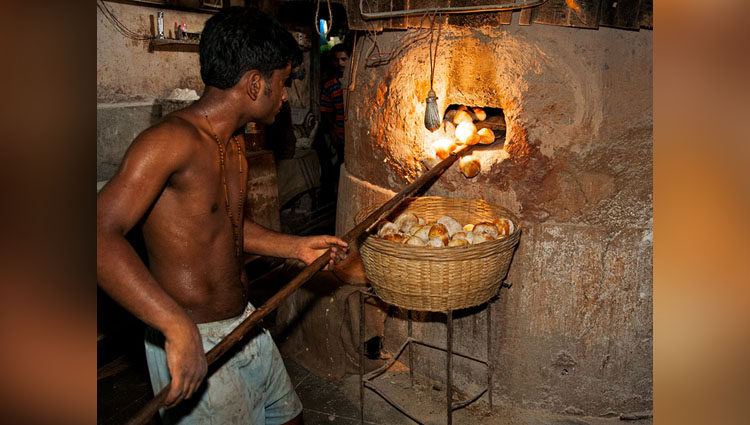
The humble Pao originated in Goa
Well, we have the Goans to thank for that, or technically the Portuguese. Poi or bread.Portuguese was first introduced more than 450 years ago when the Portuguese came to this rice eating land and realized that they had nothing to offer for Holy communion! Thus they introduced to India the beloved bun shaped bread we know today, which later spread to parts of Bombay and subsequently the rest of the country; and as they say, the rest is history.
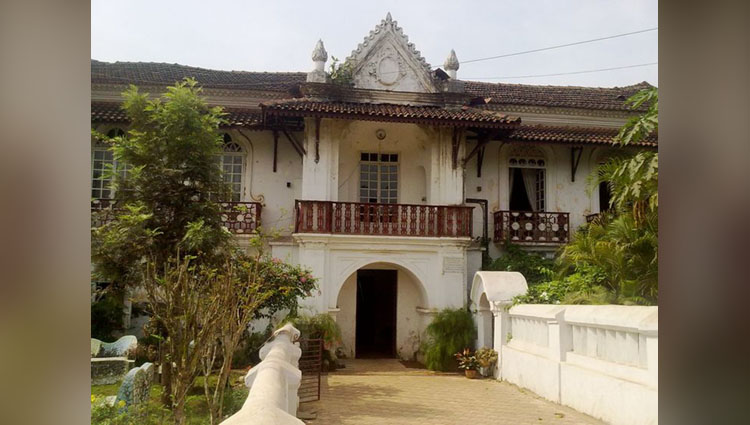
Some must watch stunning mansions of Goa
Believe me throw a stone in any direction in the interiors of Goa and you are likely to hit a beautiful old gigantic mansion, some.Many of these mansions belong to once prominent Goan landowning families who thrived during the Portuguese rule and built palatial homes for themselves, beautifully merging styles and design elements. Most sport the typical Portuguese colours and tile work, but are decorated with Goan furniture and Chinese objects d’art from Macau. When the Portuguese left India and land reforms like the land ceiling act came into force in Goa, a number of these families fell upon hard times and their homes fell into disrepair.
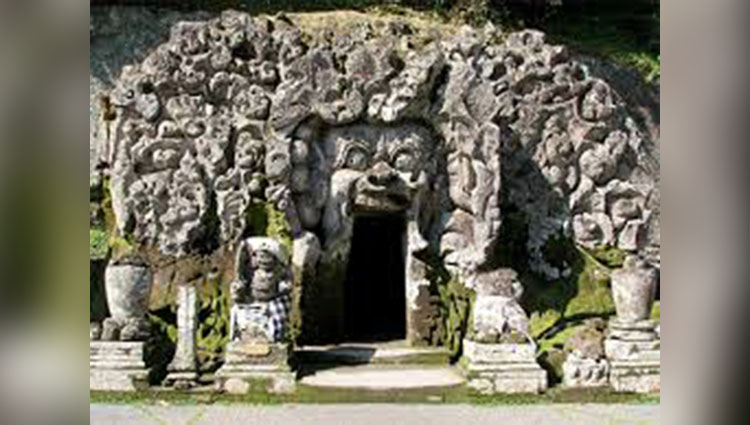
Goa is the home to stunning temples, ancient caves and Prehistoric Rock Carvings
While old churches are found in every village across the state and are a fairly common sight, there are some lovely old temples that are worth visiting. The Tambdi Surla Temple for example, in the Bhagwan Mahavir Sanctuary at the foothills of the Western Ghat section in South Goa, was built in the 12th century, predating Goa’s oldest church by at least 300 years
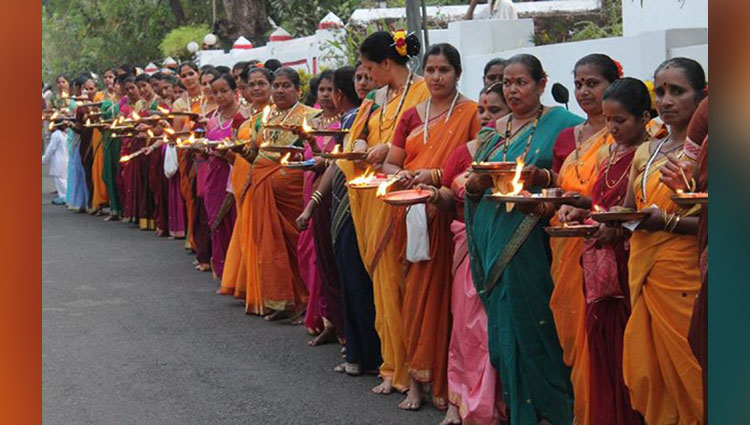
In Goa Catholics still consider themselves Brahmins and Kshatriyas.
When the Portuguese came to Goa, they undertook a fairly extensive campaign of conversion, a time tested tool to gain control over the local population, and to that end built towering churches across the length and breadth of the land, including the marque ones in Old Goa. Today a number of Catholics in Goa can trace their roots back to Portuguese ancestry. Saraswat Brahmins from Divar Island, and Kshatriyas from Carambolim, and whilst they adapted to a new religion and way of life under Portuguese rule, many of them still clung on to some vestiges of their past including the caste system, which they follow till date! Thus only in Goa will you find Catholics that refer to themselves as Catholic Brahmins or Kshatriyas and continue to follow certain social norms, customs and a hierarchy related to the Hindu caste system, including rules of marriage for example.
कभी प्यासे को पानी पिलाया नहीं, बाद अमृत पिलाने से क्या फायदा
Photos : बिक चुकी हैं मडोना की ये न्यूड तस्वीरें












